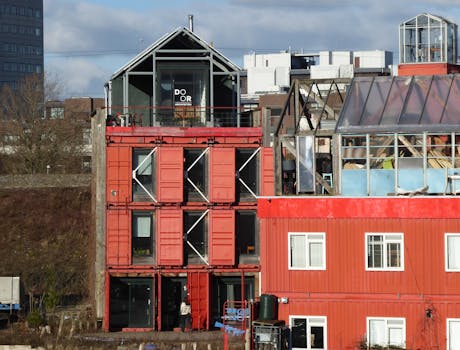
Sustainable Cities: How Europe is Shaping Eco-Friendly Lifestyles by 2025
Sustainable cities, eco-friendly lifestyles, and green initiatives are at the forefront of Europe’s urban development, transforming the way we live, work, and interact with our environment. By 2025, European cities are expected to be at the forefront of sustainable living, with innovative solutions and cutting-edge technologies being implemented to reduce carbon emissions, promote renewable energy, and create a healthier, more sustainable future for all.
Introduction to Sustainable Cities
Sustainable cities are urban areas that are designed to minimize their impact on the environment, while also providing a high quality of life for their citizens. This can include features such as green spaces, renewable energy sources, and sustainable transportation systems. European cities are leading the way in sustainable urban development, with many cities already implementing innovative solutions to reduce their environmental footprint.
Europe’s Sustainable City Initiatives
Several European cities are at the forefront of sustainable urban development, with initiatives such as Copenhagen’s carbon-neutral goal, Stockholm’s congestion tax, and Barcelona’s superblock program. These cities are serving as models for other urban areas around the world, demonstrating the potential for sustainable living and eco-friendly practices to transform the future of urban development.
Green Initiatives in European Cities
European cities are implementing a range of green initiatives to reduce their environmental impact and promote sustainable living. These initiatives include investments in renewable energy, such as wind and solar power, as well as programs to increase energy efficiency and reduce waste. Additionally, many cities are implementing sustainable transportation systems, such as bike-sharing programs and electric buses, to reduce reliance on fossil fuels and lower carbon emissions.
Challenges and Opportunities
While European cities are making significant progress in sustainable urban development, there are still challenges to be addressed. These include the need for increased investment in green infrastructure, as well as the need for greater public awareness and engagement in sustainable living practices. However, the opportunities for sustainable cities are vast, with the potential for urban areas to serve as hubs for innovation, entrepreneurship, and economic growth, while also promoting a healthier, more sustainable future for all.





